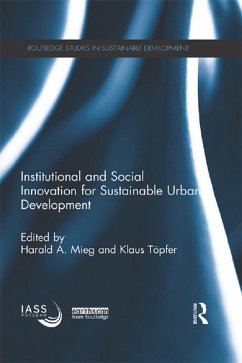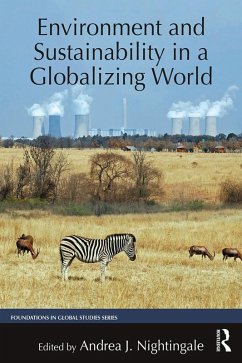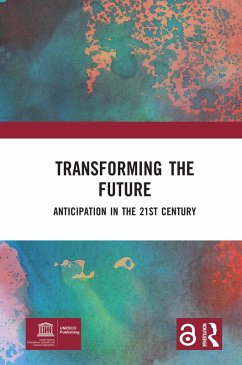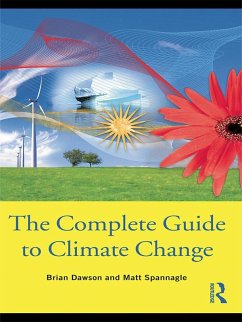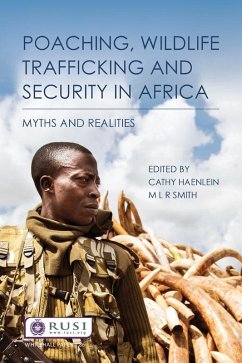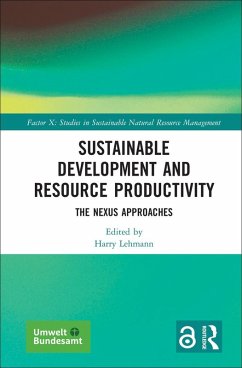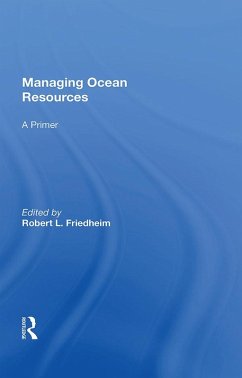
Science into Policy (eBook, PDF)
Global Lessons from Antarctica
Versandkostenfrei!
Sofort per Download lieferbar
50,95 €
inkl. MwSt.
Weitere Ausgaben:

PAYBACK Punkte
25 °P sammeln!
Science into Policy: Global Lessons from Antarctica reveals a unique model for integrating Earth system science with environmental and resource policies to balance economic, governmental, and societal interests. Since the International Geophysical Year in 1957-1958, scientific investigation has fostered international cooperation and the rational use of Antarctica for peaceful purposes only. Beyond merely presenting information, this book integrates content and concepts in a manner that will appeal to individuals with interests in the natural and the social sciences. - Integrated chapters conve...
Science into Policy: Global Lessons from Antarctica reveals a unique model for integrating Earth system science with environmental and resource policies to balance economic, governmental, and societal interests. Since the International Geophysical Year in 1957-1958, scientific investigation has fostered international cooperation and the rational use of Antarctica for peaceful purposes only. Beyond merely presenting information, this book integrates content and concepts in a manner that will appeal to individuals with interests in the natural and the social sciences. - Integrated chapters convey the natural and the human dimensions of Antarctica - Time and space concepts are introduced from diverse perspectives to facilitate insights into ecosystem and environmental variability - Included CD-ROM provides searchable access to a comprehensive database of Antarctic Treaty documents - The author has been leading international expeditions to "the ice" for the past three decades
Dieser Download kann aus rechtlichen Gründen nur mit Rechnungsadresse in A, B, BG, CY, CZ, D, DK, EW, E, FIN, F, GR, HR, H, IRL, I, LT, L, LR, M, NL, PL, P, R, S, SLO, SK ausgeliefert werden.




